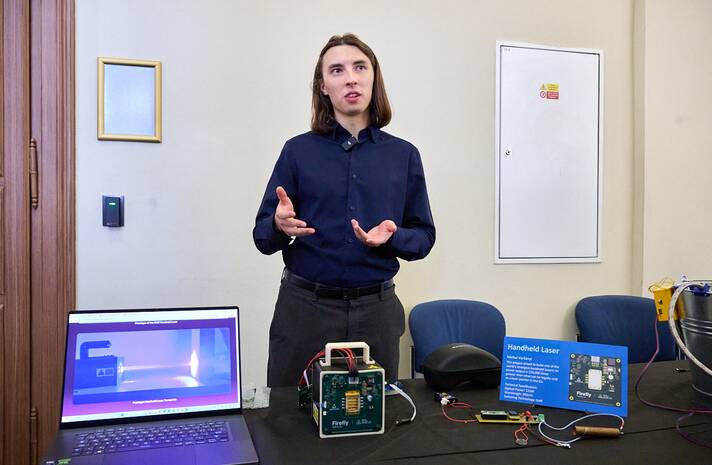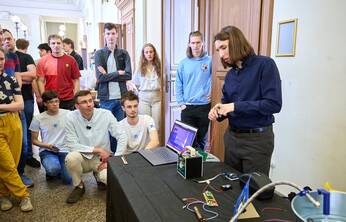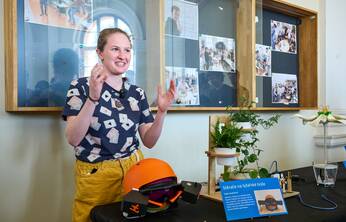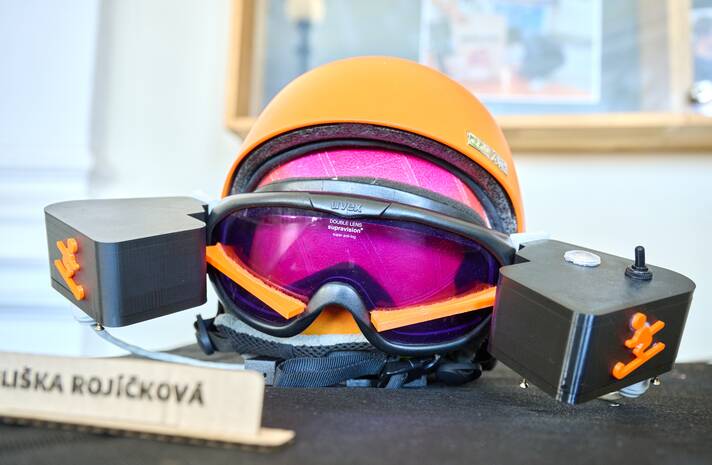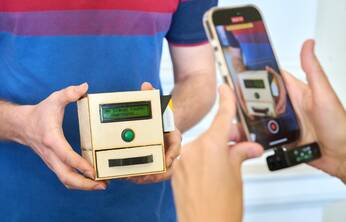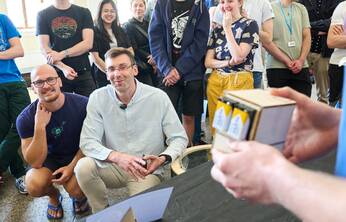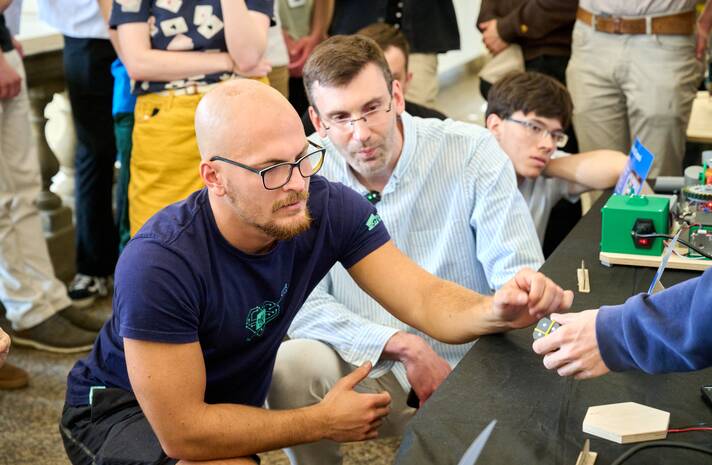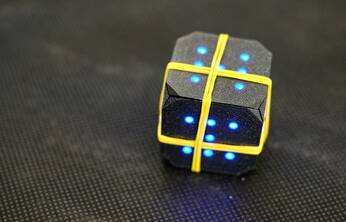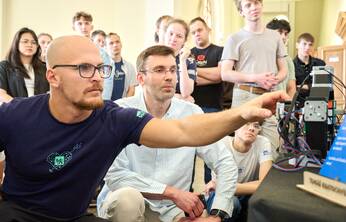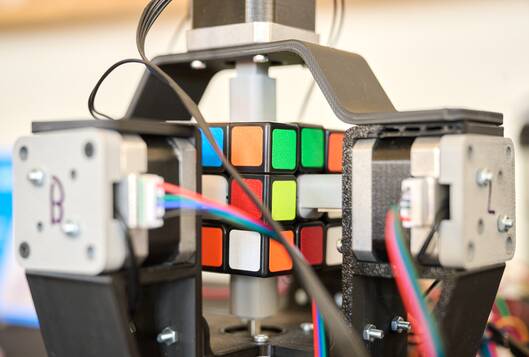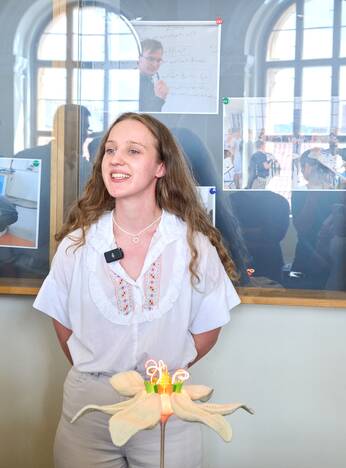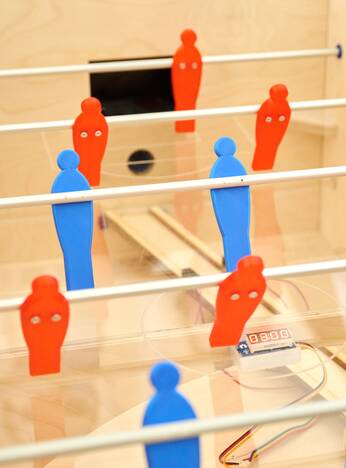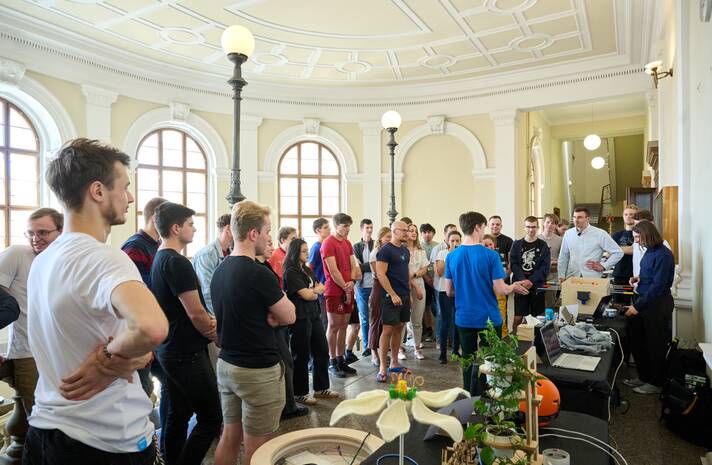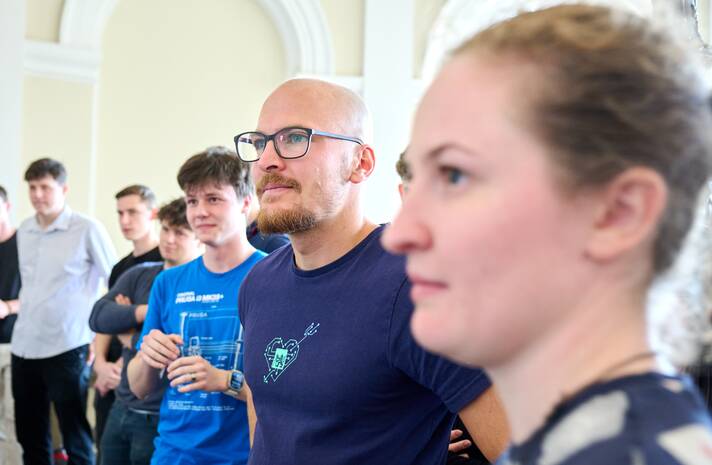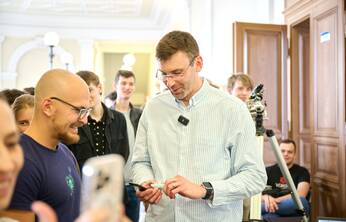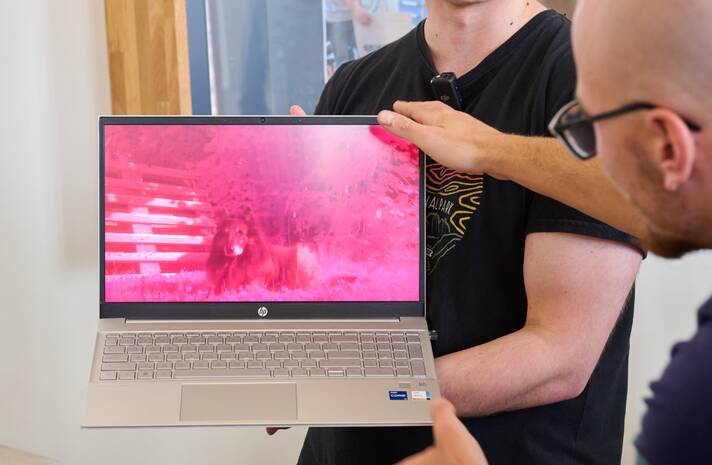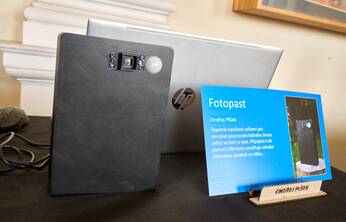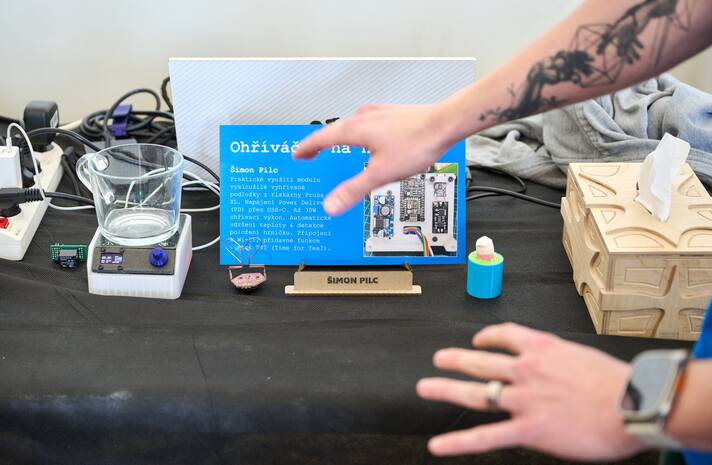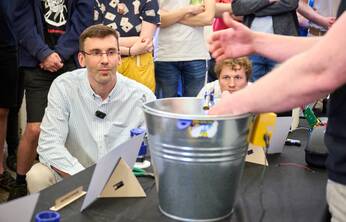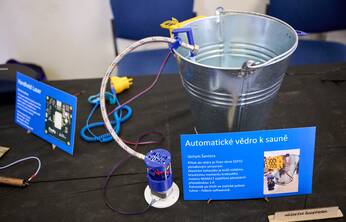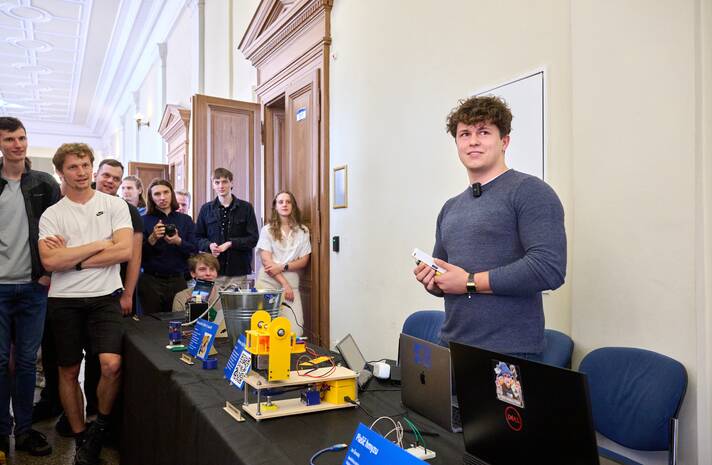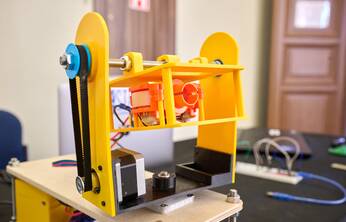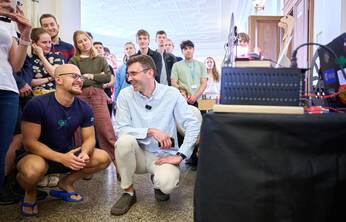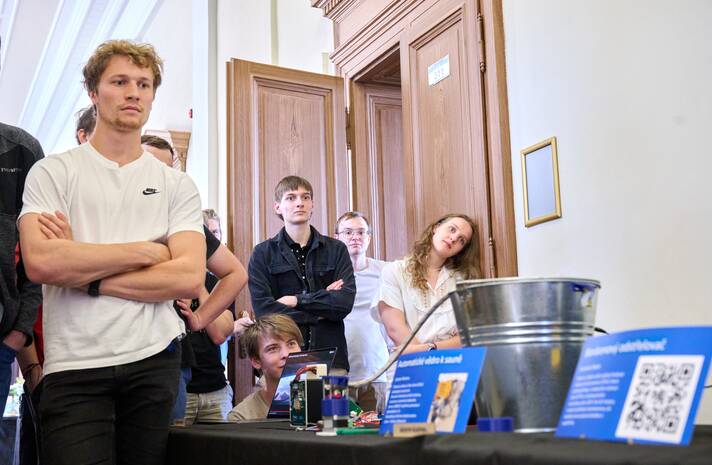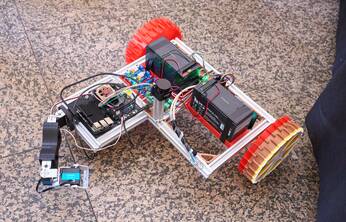In the world of technology, we often hear the question: "What's the point?" But sometimes there is a much more important question: "Can I even build it?" This is precisely the question that students at the Faculty of Electrical Engineering at the Czech Technical University in Prague ask themselves in the course "How to make (almost) anything." In this elective course, they learn to transform their own ideas—whether practical, personal, or completely crazy—into a working prototype. One of this year's projects is a 125-watt laser—currently the second most powerful portable laser in the world. It is prohibited to operate it outside the laboratory and cannot be sold. But the resulting device is a demonstration of what students can learn when they have the space to create without the constraints of normal expectations.
Just behind the world record
As part of the course How to Make (Almost) Anything (JVC for short) at the Faculty of Electrical Engineering of the Czech Technical University in Prague, student Michal Varšányi built a laser with an optical power of 125 watts. It is one of the most powerful portable lasers in the world and holds the European record. Its power is so high that a beam reflected off a wall could cause immediate blindness. For this reason, it can only be operated in laboratory conditions and its sale would be illegal.
"I wanted to build something that would be really challenging, yet compact. Portable lasers are a well-known challenge among hobbyists, but they usually run into power and power supply limitations. My goal was simple – to see what I could do," says Varšányi.
The laser uses a powerful blue diode (455 nm) and a gallium nitride power circuit, which allows for smaller dimensions while maintaining efficiency. The resulting device is approximately three times more powerful than a conventional CNC laser cutter and more than 125,000 times more powerful than a laser pointer (EU limit: 1 mW).
With this device, Varšányi came very close to the world record in the category of handheld lasers, i.e., portable battery-powered lasers. He was beaten to the title by a week by American YouTuber Styropyro, who published a laser with a power of 250 W.
Teaching where even "uselessness" makes sense
The course "How to make (almost) anything" has been taught at FEE CTU since 2023. Students learn digital manufacturing, 3D modeling, laser cutting, working with microcontrollers, and documentation. The result is always a set of smaller products and one larger project. Each student documents everything and publishes it in their public portfolio.
“The goal is not for students to develop commercially viable devices, but to learn how to turn ideas into reality—and thereby develop their skills. In a figurative sense, we help them sharpen their saw so that they are ready when the time comes to take on real challenges,” says course guarantor Dr. Jiří Zemánek.
The course therefore also includes projects that may seem pointless or absurd to outsiders, such as a ski helmet with windscreen wipers and indicators designed by student Eliška Rojíčková. A video of this project provoked strong reactions on social media, both positive and negative. "Many people get upset when they see students 'playing', but we know that this play is a profound learning process," adds Zemánek.
When the world is watching
The laser project also caught the attention of experts at the July international conference FAB25 Czechia, which included the Fab Festival at the Prague Exhibition Grounds.
Varšányi exhibited his laser (turned off, of course) alongside other projects by JVC students. The festival was also attended by Professor Neil Gershenfeld from MIT, founder of the FabLab concept and author of the original course How to Make (Almost) Anything, which inspired the creation of the "Czech version" of JVC.
"Smart and creative people often don't follow the rules and don't fit into hierarchical schools or companies. We have created an environment where such people can grow and flourish," said Gershenfeld in his lecture at the FAB25 conference.
During his visit to Prague, Neil Gershenfeld also visited the Faculty of Electrical Engineering. He gave a lecture to students entitled From Bits to Atoms.
Practical impact – even for an "impractical" project
Although Varšányi's laser cannot be used outside the laboratory, it was of fundamental importance to its creator. "I tried circuit simulation for the first time, learned how to design cooling, and discovered how important documentation is. Now I'm going to make a metal chassis for the laser on a CNC cutter, which would be extremely difficult without the experience I gained at JVC," concludes Varšányi.
His story shows that teaching does not necessarily have to lead to immediate practical results. However, it can build technical confidence that will equip students for years to come.


